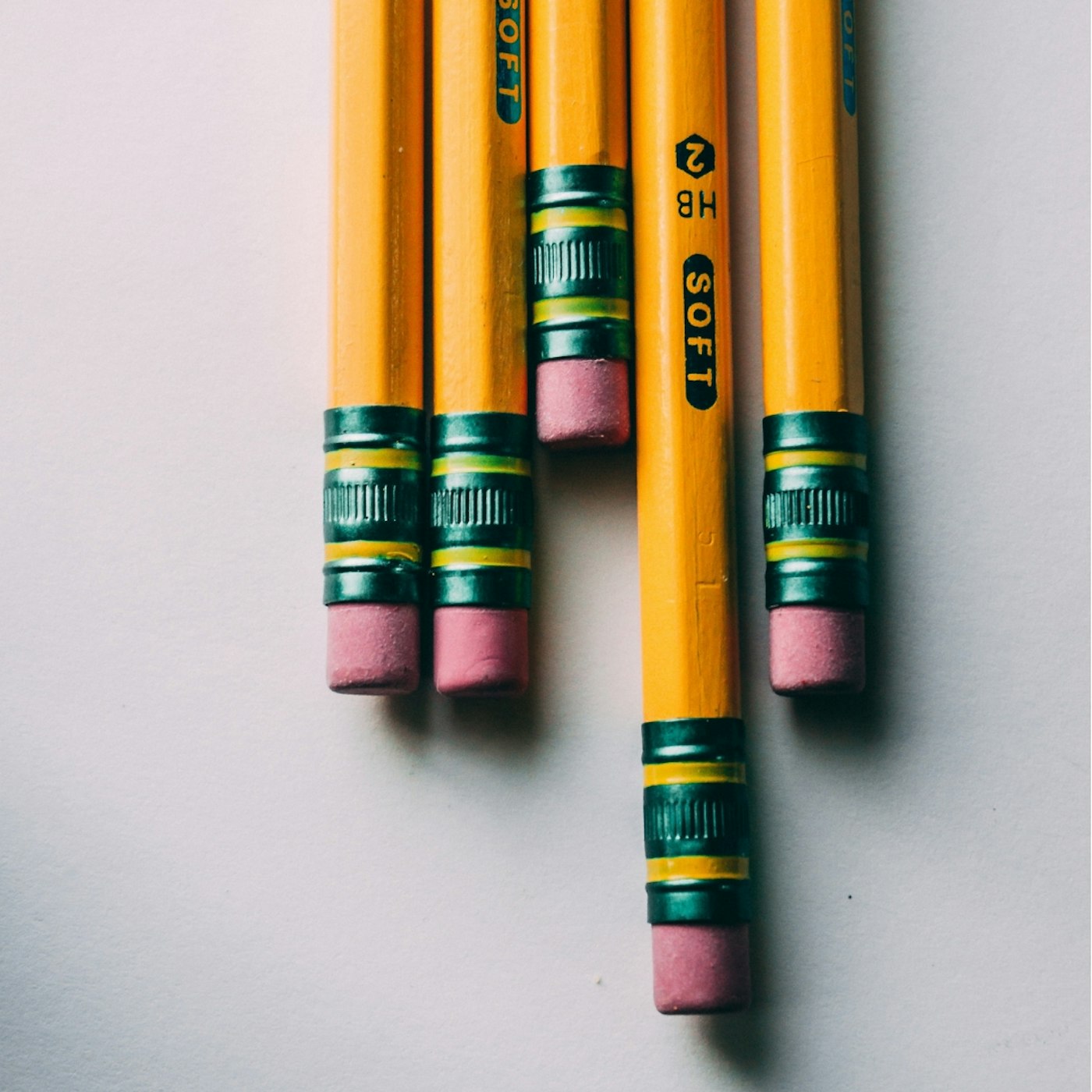An M&S spokesman said, “We provide bespoke uniforms for 250 schools across the country and they tell us which items they need as part of their school uniform list. For a number of schools this year, they requested the option of the hijab.”
The Telegraph also gave publishing space to LBC Radio presenter and founder of the Quilliam Foundation Maajid Nawaz, said: “Little girls are told it is “immodest” to show their hair. And blessed be the fruit. Hijab is still imposed (only on women) by law in Iran and Saudi Arabia, and many other countries. This is gender apartheid. Marks and Spencer are free to sell Confederate flag tee-shirts too, but I bet they never will.”
Needless to say, it was an unbiased report, which again we are not surprised about. The contradictory rhetoric however that has surfaced reflects the notion that integration can only be seen through a secular lens, therefore any child that wants to ‘integrate’ must learn how to be less like her family, and more like her peers. This can be a cause of a lot more confusion in identity for children, and the conversation becomes void of inclusivity, if anything it promotes exclusivity, removing a child’s agency to put whatever they want on or off of their heads, the language used reveals, 1. the assumption of the majority is that the parents of Muslim children will naturally force their children to wear religious dress. 2. by policing what the child can and cannot wear, the majority is doing the very thing they seek to dispel. Which is contradictory and confusing.
Here is what Twitter said
Can a three year old little girl decide why she wants to cover her hair? Does she understand the theology behind it? I have a niece and nephew in this age group I wouldn't encourage it for one over the other. They are both equal to me.
— سارة_ر (@BintFessia) October 11, 2018
My 4 year old niece who is @Selina_Bakkar daughter occasionally chooses to wear one. Your experience is valid and so is mine, the whole point is that there is nuance and plurality.
— Nafisa / amaliah.com (@Nafisa_Bakkar) October 11, 2018
Yes my 4 year old has seen me pray and said she wants to do it too. The difference is its specific to Salah time only as he brother would stick something on his head. We can not 'ignore' the fact mainstream narrative encourages this with the coming of age. Ie period and puberty.
— سارة_ر (@BintFessia) October 11, 2018
The joke is those who talk about Islam and the hijaab more specifically being about sexualisation are the very ones projecting sexualisation where there is none. Again, I have endless pics of both of my daughter's wearing hijaab simply to emulate the women in their lives
— Sulekha Y Hassan (@SulekhaYH) October 11, 2018
Yes men and their female enablers who sexualise little girls and the hijaab are just as bad as uber liberals who are let's be honest reacting to them as opposed to taking it at face value, Muslim girls and women's bodies are forever politicised and that's sad
— Sulekha Y Hassan (@SulekhaYH) October 11, 2018
Stuff like this makes me laugh cos I started wearing the hijab years before my mother did but its cool, carry on peddling these tag lines @Telegraph xx https://t.co/fqZ7soQwRI
— Nabeela (@nabeelamowlana) October 11, 2018
@RichardDawkins Not wise. What's the best response? Avoid hijab-wearing cashiers? Load up with bacon? Boycott? @Telegraph @marksandspencer
— ????Jono????️ (@Jonbydesign) December 31, 2015
